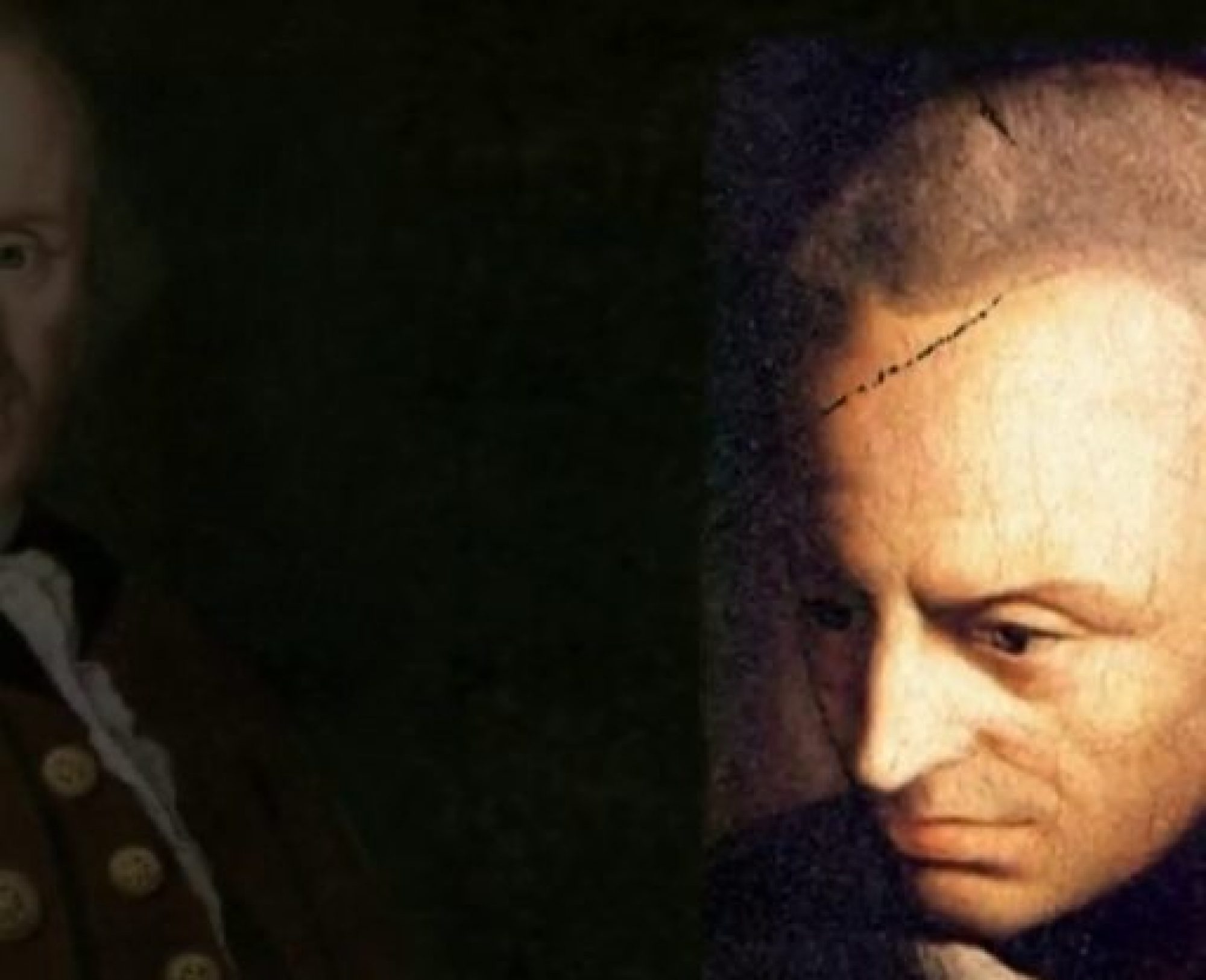Channel: samreznek
Duration: 5:50
Description: Introducing Kant’s Critique of Pure Reason kaleidoscopically! Immanuel Kant and his philosophy of Transcendental Idealism displayed with painting, music, and a few Eschers. Kant is given a hard time on the internet (sometimes with good reason!), but here the genius–and some of the madness–of this giant of the European Enlightenment is laid bare. I focus on the general problems of Kantian philosophy, but the take a closer look at Kant’s ideas about the structure of the mind, found in the Transcendental Doctrine of Elements–his epistemological-cum-ontological investigation into the conditions for the possibility of knowledge. The transcendental elements are the building blocks of the mind necessary for our intentional, conscious, rational and free relation to the world and our own selves. Crucially, for Kant, all knowledge involves the unification or ‘synthesis’ of concepts and intuitions. Kant’s intellectual relations to David Hume and Isaac Newton are hinted towards and I drop a Kantian key to understanding Martin Heidegger’s Heideggerian onto-mumbo-logical-jumbo about the being of beings which is not itself a being.
The quote I read at the end is the first two sentences of the Transcendental Doctrine of Method from the Critique of Pure Reason. The translation is the classic by Norman Kemp Smith. If this is all too fast, or the mood not quite right, there is a mood-modulated Slo Mo edition that I’ve put up: http://www.youtube.com/watch?v=PWHU94gY7TY Artists represented include: William Blake, Jackson Pollock, Wassily Kandinsky, Pablo Picasso, Paul Cezanne, Vincent van Gogh, Salvador Dali, M.C Escher, Francisco Goya, and Claude Monet. The music is, of course, the Great Ludwig van Beethoven’s 9th, ‘O Freunde, nicht diese Tone!’, which means “Oh friends, not this tone!”
Published: March 2, 2011 3:26 pm
